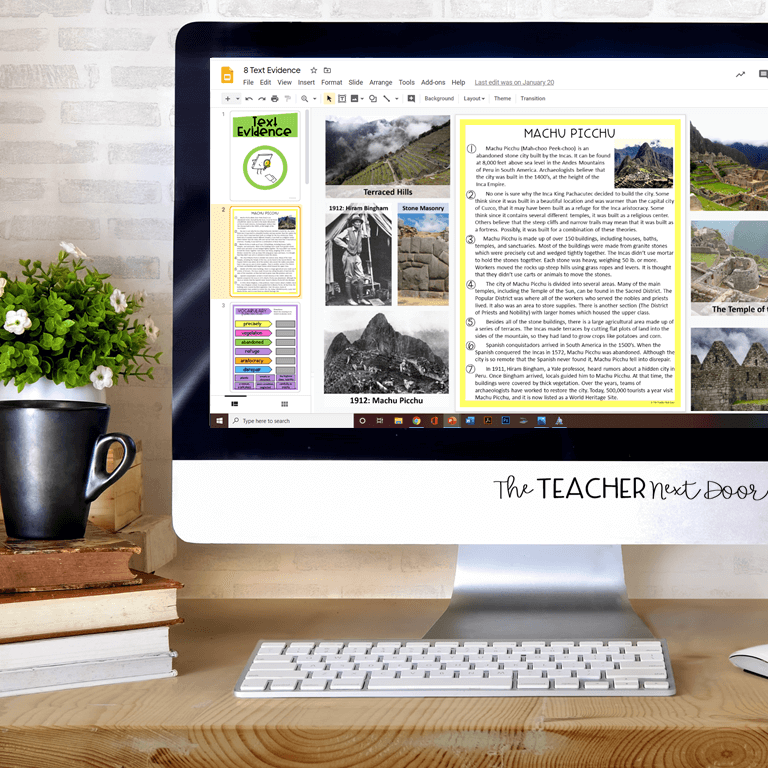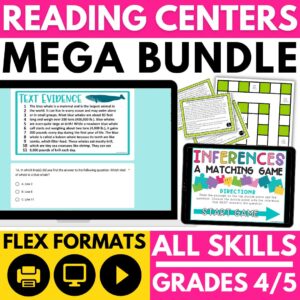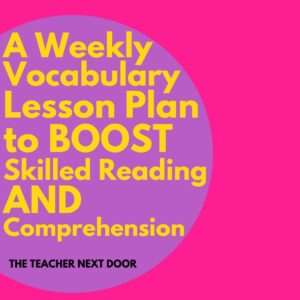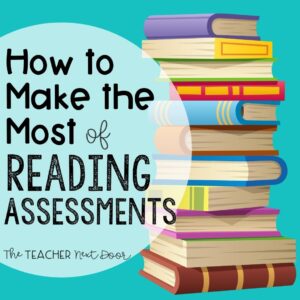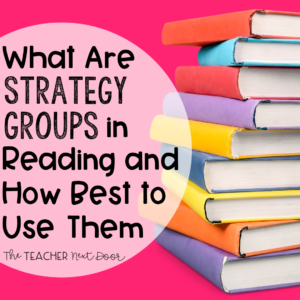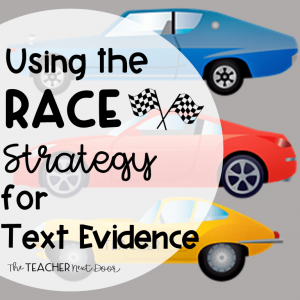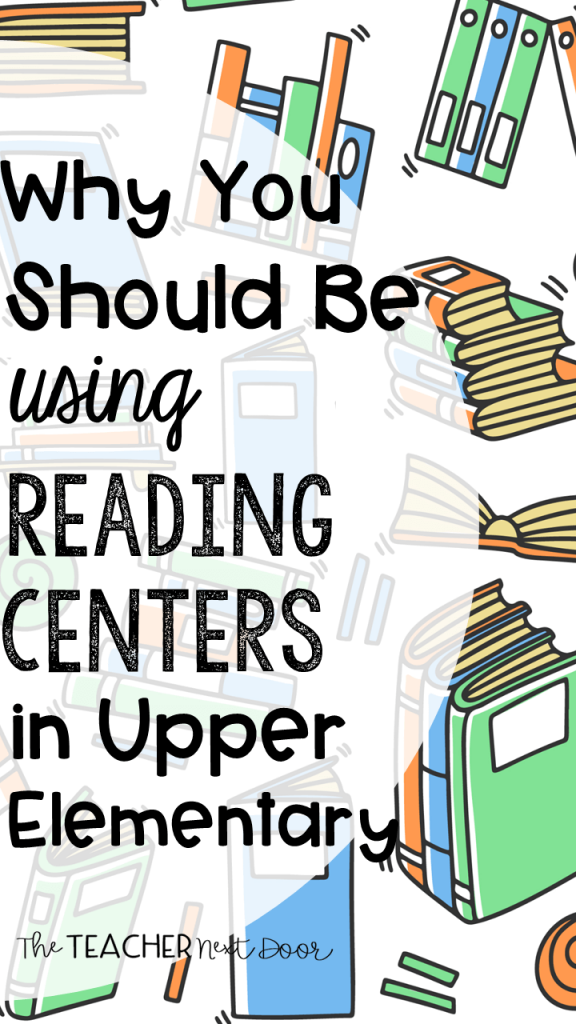
Whether you call them reading centers, stations, rotations, or something else, literacy centers are so beneficial for kids in upper elementary classrooms.
Here are 7 reasons why you should be using reading centers with 3rd – 5th graders:
1. Gives Students Targeted Practice with Reading Skills and Strategies
Whether you do a reader’s workshop model or guided reading, literacy centers allow kids to practice and apply a specific reading skill or strategy repeatedly. This concentrated focus gives students lots of opportunities to use the reading skill we’d like them to master.
Need some skill-based reading centers? All of my reading games are standards-aligned.
Click here to see reading centers with 3 different format options!
Click here to find digital reading units.
Text Evidence Digital Reading Unit for 5th Grade
2. Gives Students Opportunities to Practice Social Skills in a Structured Format
Social skills like collaboration and cooperation are skills kids will need for the rest of their lives. Literacy centers allow kids to practice those skills in a structured format. They may be talking about the books they’re reading, taking turns in a main idea center, or sharing a poem together. All of these valuable experiences not only enrich their reading but they give kids practice communicating and working together.
Context Clues Games for 4th/5th Grades
3. Motivates Students and Increases Engagement
Using centers in upper elementary helps students stay more focused and on-task since the activities have a shorter time frame and have a variety of formats.
I do feel that independent reading is the very best type of reading activity and it is one that I have each student do every single day. Having said that, many of our students don’t have the ability to spend long periods of time with a single text, even in 3rd, 4th, and 5th grades.
Reading centers that are carefully planned, are engaging, and include a variety of formats help all students stay on task, especially struggling and reluctant readers, which leads to better learning.
4. Allows Students to Learn Independently
After spending some time explaining each center and modeling it, once students know what to do for reading center time, they are able to work independently which gives them a feeling of autonomy and lets them take some responsibility for their learning. Helping kids learn to take ownership of their learning (after we’ve set up some structure in the process) is a great way to prepare them for more independent learning to come.
5. Makes it Easier to Differentiate Learning
By the time kids get to us in the upper grades, we can definitely see gaps in their learning that need to be addressed. One thing I love about using reading centers in upper elementary is that it makes it fairly easy to differentiate. Literacy centers can help teachers meet the needs of those students by tailoring specific learning activities to small groups or individuals to help bridge those gaps.
6. Gives Students an Ongoing, Explicit Routine
I do love a good routine in the classroom. I don’t mean doing the same thing all of the time, but creating activities that have the same procedures, so kids know what they should be doing and how to do it.
Reading centers, once they’re set up and are running smoothly (this does take some time) help kids internalize procedures and explanations, which can increase time on task.
The content of the reading centers may be changed every few weeks, but when the general routine is the same, students are able to feel more confident and waste less time transitioning from one activity to the other.
7. Allows Students to Expand Their Reading Genres
I am all for student choice when it comes to independent reading time. If a student is crazy about realistic fiction, graphic novels, or science fiction, I’m all for that. One thing I really love about reading centers though is how they expose kids to other reading genres.
For example, poetry is one of the genres I like to include. I also include Scholastic magazines that have great science and social studies articles. This gentle prodding, much like a parent trying to introduce new foods to a young child, is a way to expand their reading genres and to encourage them to consider new types of reading materials.
If you’d like more information about how to get reading centers started and how to organize them, this post might be helpful: Click here to read Setting Up Literacy Centers in the Upper Elementary Classroom
Lastly, using quality literacy materials is so important!
I have a FULL YEARLONG SET OF READING CENTERS FOR UPPER ELEMENTARY! Never plan another center again with this bundle! Check it out here!
Want to try one of these centers out for FREE in your classroom? Click here to grab a FREEBIE!
Here are a few of my favorite resources for reading centers:
Digital Reading Units for Google Slides or PowerPoint: (ALL Reading Standards)
- 3rd Grade Digital Reading (10 Fiction Units…Nonfiction Coming Soon)
- 4th Grade Digital Reading (10 Fiction, 10 Nonfiction Units)
- 5th Grade Digital Reading (10 Fiction, 10 Nonfiction Units)Reading Games: (20 Games in Each, ALL Reading Standards)
Print and Digital Grammar Games: (30 Games in each, ALL Grammar Standards)
Thanks so much for stopping by!


